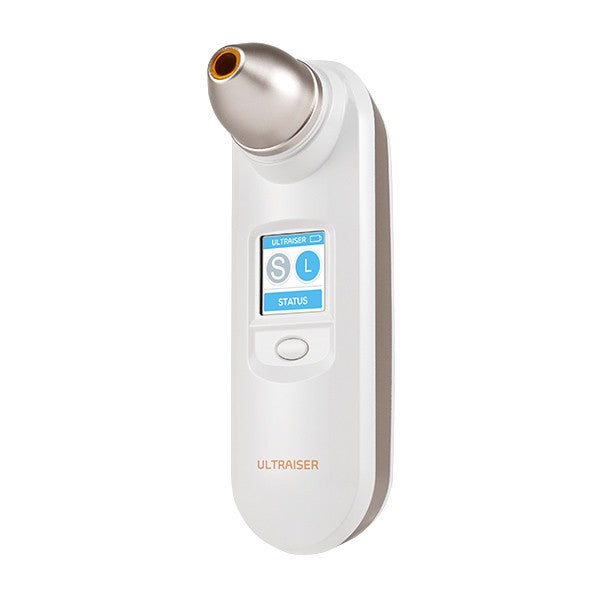The Comprehensive User Guide to HIFU Treatments
High Intensity Focused Ultrasound, otherwise known as HIFU, is a non-invasive, non-surgical corrective treatment for a number of skin and body applications, giving people the chance to achieve a facelift without having to go under the knife.
As there are many people who are still unfamiliar with the process, we thought we’d put together a user-friendly guide to HIFU so that you can find answers to all your questions.
#1 What is HIFU?
HIFU is a non-invasive and non-surgical cosmetic treatment for skin tightening, body contouring and fat reduction.
#2 How does HIFU work?
HIFU uses highly focused ultrasound energy to target the layers of skin below the surface, causing the cells to heat up to the optimal temperature for the production of collagen, a protein that provides the skin’s structure.
#3 What does collagen do?
The newly produced collagen acts to firm up, tighten and improve the structure of the skin, smoothing it out and resulting in fewer wrinkles and dimples.
#4 How to use HIFU? Where can HIFU treatments be applied?
HIFU can be used to firm up the skin in many areas of the body including forehead, cheeks, eyes, mouth, chin and jawline, throat and neck, upper arms, tummy, buttocks, thighs and tops of the knees.
#5 Is HIFU safe?
HIFU is a widely-used and medically accepted process, with over 250 000 treatments globally, and rising as more and more people turn to it as an alternative to surgical procedures or Botox.
#6 Is HIFU effective?
HIFU requires multiple treatments to gain the biggest positive results, but almost all individuals who have used Ultraiser report noticeable improvements in the treatment area after 2-3 weeks.
#7 How long does a HIFU treatment take?
The length of treatment will vary from case to case, depending on the skin condition, area to be treated, and the treatment plan. However, as a guideline, the Ultraiser P1 takes only 10-15 minutes for a treatment.
#8 How long is the recovery from a HIFU treatment?
Because HIFU is completely non-invasive, recovery is almost immediate, with just slight swelling in the treatment area, some redness and mild tenderness not hindering people from returning to their normal activities within minutes of a treatment being completed.
#9 How many HIFU treatments will I need?
Each treatment plan differs from case to case, and depends on the skin area being treated, the desired outcome, the condition of the area being treated and other factors such as the age of the patient. For most cases, however, just two or three treatments with Ultraiser P1 to an area will be enough to stimulate the collagen production and bring about the desired effects. People with photodamaged (sun-damaged) skin or very loose skin my need more than one or two treatments to get results.
#10 Are there any side effects?
There are no known severe side effects, with slight skin flushing and redness occurring during and for a short while after a treatment, slight swelling or tingling in the area, and mild tenderness to touch being common but temporary effects that should not hamper a customer’s ability to carry on with their day as normal post-treatment.
#11 Can anyone have a HIFU treatment?
Good candidates for HIFU treatments tend to be older than 30, with a mild to moderate skin laxity. HIFU is not recommended for people with infections, open wounds or lesions, severe or cystic acne or metallic prostheses or implants in the treatment area.
Let us know if you have any further questions that we’ve not yet covered, we’d be glad to assist! If you’re interested in finding out more, get in touch with our team at Ultraiser on 01223 630448 or sales@ultraiser.com.


